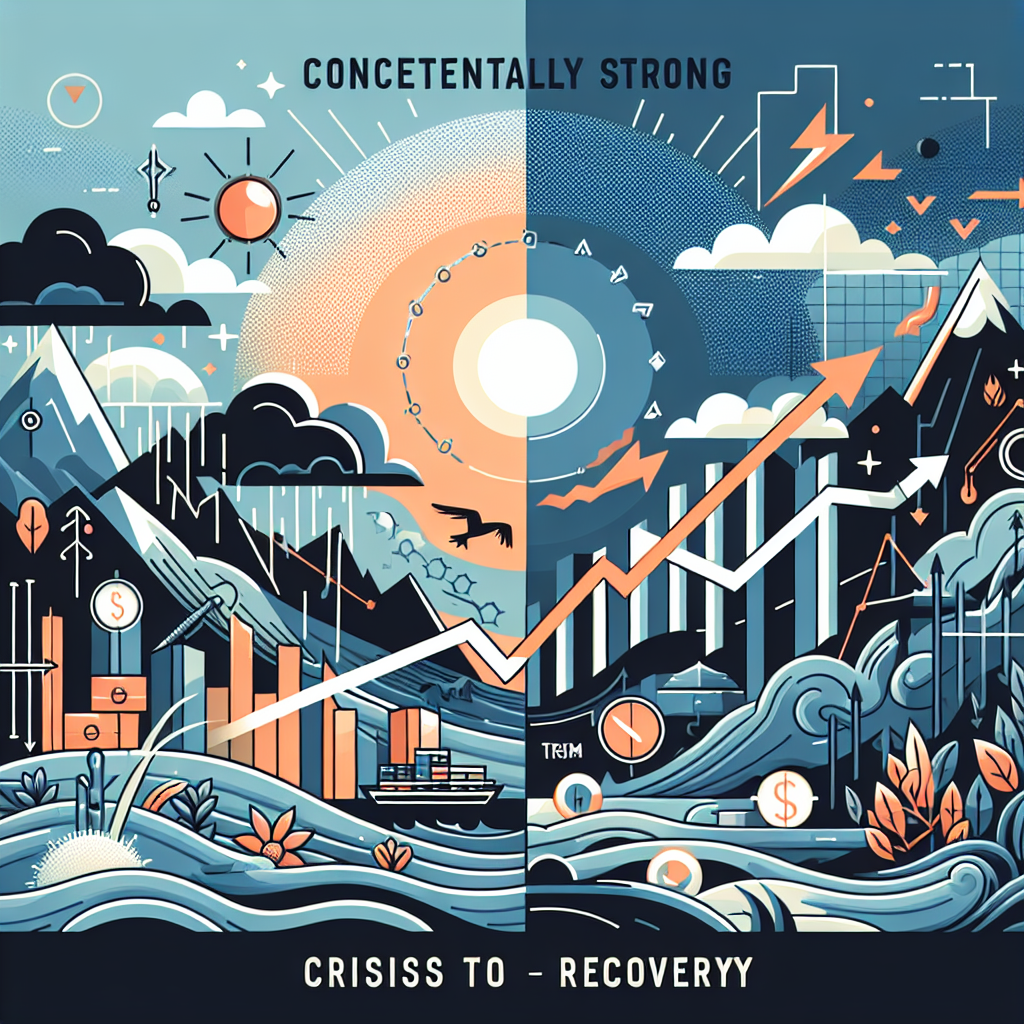In today’s fast-paced and ever-changing business landscape, organizations are constantly faced with a myriad of challenges that can threaten their ability to operate effectively. From natural disasters to economic downturns to global pandemics, the list of potential crises that can impact a business is extensive.
In times of uncertainty, it is crucial for organizations to have a robust business continuity plan in place to ensure that they can continue to operate efficiently and effectively despite any disruptions that may arise. From crisis to recovery, managing business continuity is essential for ensuring the long-term success and sustainability of a business.
One of the key components of a successful business continuity plan is risk assessment. By identifying potential risks and vulnerabilities, organizations can develop strategies to mitigate these risks and ensure that they are prepared to respond effectively in the event of a crisis. This may involve implementing backup systems, creating emergency response plans, and establishing communication protocols to keep stakeholders informed.
Another important aspect of managing business continuity in uncertain times is ensuring that employees are well-trained and prepared to respond to emergencies. This may involve conducting regular training exercises, providing access to resources and support, and establishing clear lines of communication to ensure that everyone knows their role in the event of a crisis.
In addition to preparing for potential crises, it is also important for organizations to have a plan in place for recovery and restoration. This may involve assessing the impact of the crisis on the business, identifying areas that need to be addressed, and developing a strategy for returning to normal operations as quickly as possible. By having a clear roadmap for recovery, organizations can minimize downtime and ensure that they are able to resume operations smoothly.
Ultimately, managing business continuity in uncertain times requires a proactive and strategic approach. By identifying potential risks, preparing for emergencies, and developing a plan for recovery, organizations can ensure that they are well-equipped to navigate any challenges that may come their way. In doing so, they can safeguard their business, protect their employees, and maintain their reputation in the face of adversity.










